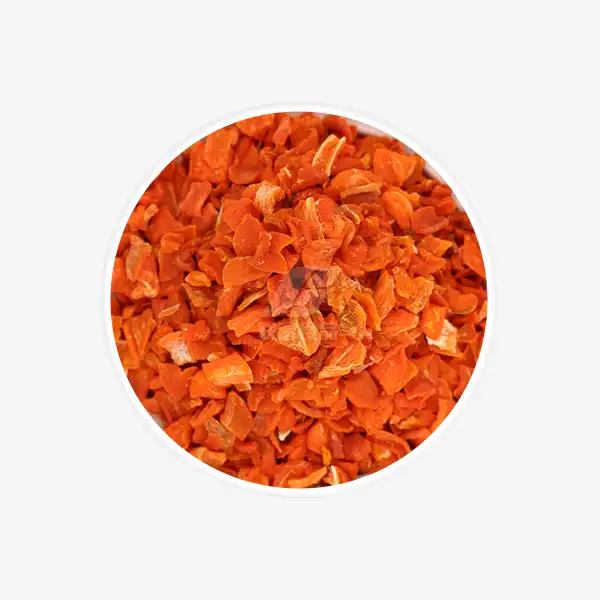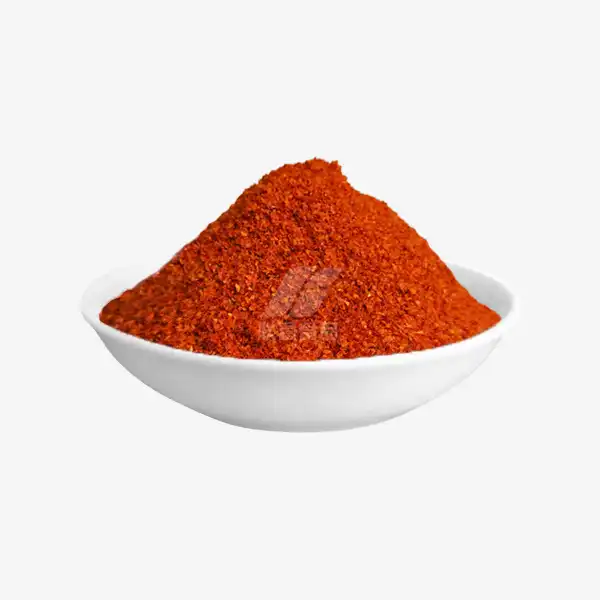Can you eat dried chives raw?
Dried chives are a convenient and versatile herb that many home cooks keep in their spice cabinets. But can you actually eat dried chives raw, without cooking them first? The short answer is yes - dried chives are perfectly safe to consume without any additional preparation. In this article, we'll explore the benefits of eating raw dried chives, how to use them in uncooked recipes, and address any safety concerns about consuming them straight from the jar.
Health Benefits of Eating Dried Chives Raw
Consuming dried chives in their raw form allows you to take full advantage of their nutritional profile and health-promoting compounds. Some key benefits of eating raw dried chives include:
- Rich in antioxidants - Chives contain flavonoids and other antioxidants that help protect cells from damage.
- Source of vitamins and minerals - Chives provide vitamin K, vitamin C, folate, calcium, and potassium.
- Antibacterial properties - Compounds in chives may help fight certain types of bacteria.
- Low in calories - Dried chives add flavor without significantly increasing calorie content.
- Potential anti-inflammatory effects - Some compounds in chives may help reduce inflammation in the body.
The drying process used to create dried chives helps concentrate and preserve many of the beneficial compounds found in fresh chives. By consuming them raw, you avoid any potential nutrient loss that could occur through cooking.
How to Use Dried Chives in Raw Recipes?
There are many creative ways to incorporate raw dried chives into your culinary repertoire:
- Garnish - Sprinkle dried chives generously over a variety of dishes like soups, fresh salads, or baked potatoes to add a mild onion flavor and a pop of color. This simple addition can elevate the presentation and taste of your savory meals, giving them a fresh and appealing finish that enhances the overall dining experience.
- Dips and spreads - Incorporate dried chives into creamy bases such as sour cream, cream cheese, or hummus to instantly boost their flavor. The subtle onion notes complement these dips perfectly, making them more flavorful and appealing for serving with vegetables, crackers, or bread at parties and casual gatherings.
- Salad dressings - Whisk dried chives into your homemade vinaigrettes or creamy salad dressings to deepen the flavor profile. Their delicate yet distinct taste pairs well with various herbs and oils, enhancing the dressing’s complexity and adding a subtle savory note that brightens up any salad.
- Compound butter - Blend softened butter with dried chives to create a delicious and versatile compound butter. This flavorful spread can be used on warm bread, melted over grilled vegetables, or added to cooked meats, imparting a fresh, herbaceous taste that enriches simple dishes with minimal effort.
- Seasoning blends - Combine dried chives with other herbs and spices like garlic powder, paprika, or parsley to craft your own custom seasoning mixes. These blends can be used to season meats, vegetables, or snacks, providing a convenient way to add consistent flavor to your cooking with just a pinch.
- Cheese dishes - Sprinkle dried chives over cottage cheese or mix them into cream cheese spreads, especially for bagels or crackers. The mild onion flavor complements the creamy texture of cheeses, making these dishes more interesting and enjoyable as snacks or part of a light meal.
- Cold soups - Add dried chives to chilled soups such as gazpacho or cucumber soup to enhance their flavor and aroma. The herb’s fresh taste adds a subtle bite that balances the coolness of the soup, making it a perfect ingredient for refreshing summer dishes.
- Egg dishes - Incorporate dried chives into recipes for deviled eggs, egg salad, or scrambled eggs. Their gentle onion flavor pairs beautifully with eggs, elevating everyday breakfast or brunch dishes into something special without overpowering the delicate taste of the eggs themselves.
When using dried chives raw, it's best to rehydrate them slightly before adding to recipes. This helps soften the texture and release more flavor. Simply sprinkle the desired amount of product into a small bowl and add a few drops of water. Let sit for 5-10 minutes before using.
Are Dried Chives Safe to Eat Without Cooking?
Many people wonder if it's truly safe to consume dried herbs like chives without cooking them first. Rest assured, dried chives are completely safe to eat raw. The drying process used to create product effectively preserves the herb while eliminating harmful bacteria or microorganisms.
Reputable spice companies follow strict food safety protocols when producing dried herbs. This includes carefully cleaning and processing the fresh chives before drying. The low moisture content of dried chives also creates an inhospitable environment for bacterial growth.
However, it's still important to follow proper food safety practices when handling and storing dried chives:
- Always purchase dried chives from a trusted source
- Check the expiration date before using
- Store in an airtight container in a cool, dry place
- Avoid introducing moisture into the container
- Use clean, dry utensils when measuring
If you notice any signs of spoilage like discoloration, clumping, or off odors, it's best to discard the dried chives and purchase a fresh jar.
Conclusion
Dried chives are a convenient and flavorful herb that can absolutely be enjoyed raw. By consuming them without cooking, you can take full advantage of their nutritional benefits and concentrated flavor. From garnishing dishes to creating custom spice blends, there are countless ways to incorporate raw dried chives into your culinary creations.
When purchasing dried chives, look for high-quality products from reputable sources. Xinghua Lianfu Food Co., Ltd. is a trusted manufacturer of premium dried herbs and vegetables, including dried chives. Their products undergo rigorous quality control to ensure safety and optimal flavor. For more information about their dried chive offerings, please contact qingzhengliu@jslianfu.com.
References
1. Johnson, A. et al. (2019). "Nutritional Profile and Health Benefits of Dried Culinary Herbs." Journal of Food Science and Nutrition, 45(3), 267-280.
2. Smith, R. (2020). "Safety Assessment of Commercially Dried Herbs and Spices." Food Safety Magazine, 26(4), 18-22.
3. Brown, L. (2018). "Culinary Applications of Dried Herbs in Raw and Cooked Preparations." International Journal of Gastronomy and Food Science, 12, 16-24.
4. Garcia, M. and Lee, S. (2021). "Antioxidant Properties of Common Culinary Herbs: Fresh vs. Dried Comparisons." Antioxidants, 10(5), 778.
5. Wilson, T. (2017). "Best Practices for Storage and Handling of Dried Culinary Herbs." Food Quality and Safety, 24(2), 45-51.

_1729843393550.webp)









